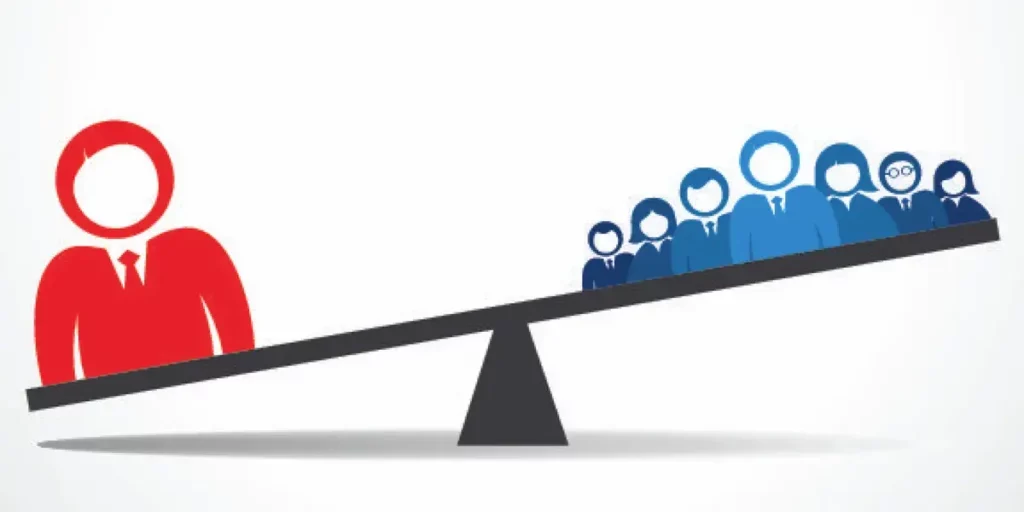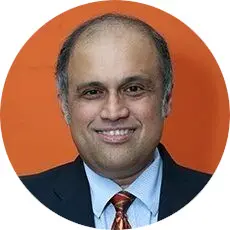
In the US, the gap between the rich and the poor has grown at a faster rate than in any other country. According to a study by Oxfam, since 2019, the top 1% captured 95% of the economic growth in the US, while 70% of Americans became poorer.
The Federal Reserve Bank of Minneapolis believes that this trend, of the highest earning workers in the US seeing faster economic growth than everyone else, has been continuing for the last 50 years, leading to widening income inequality. According to UC Berkeley economist Emmanuel Saez, Americans in the top 1% tower stunningly higher – averaging over 39 times more income than the bottom 90%. However, even this gap pales in comparison to the divide between the nation’s top 0.1% and the bottom 90% – earning over 196 times the income on average. Low-wage hourly jobs, inadequate worker benefits, and limited opportunities for career advancement and growth have all contributed to and worsened the divide between the wealthy, and middle-to-low-income households. The impact of this income inequality is experienced across gender, racial, and ethnic lines. A 2020 UC Berkeley study discovered that income inequality in the United States is at the highest it has been, since before the Great Depression.
Q4 2021 data from the Federal Reserve indicates that the top 1% of households in the United States holds 32.3% of the country’s wealth, while the bottom 50% only holds 2.6%. As with the distribution of income, the share of wealth held by US upper-income families is on the rise – from 1983 to 2016, the share of aggregate wealth going to upper-income families increased from 60% to 79%. Meanwhile, the share held by middle-income families has been cut nearly in half, falling from 32% to 17%. Lower-income families had only 4% of aggregate wealth in 2016, down from 7% in 1983. The wealth gap is also influenced by demographics/ethnicities – for example, according to the latest Federal Reserve data, white Americans hold nearly 85% of the nation’s wealth, versus just 4.1% for African American households.
According to the U.S. Census Bureau, the official poverty rate in 2020 was 11.4% (up 1% from in 2019), or in other words, 37.2 million people were in poverty, approximately 3.3 million more than in 2019. Between 2019 and 2020, the poverty rates were quite high and typically increased for the African American, Hispanic, and non-Hispanic White ethnicities. Within each of these demographics as well, poverty rates showed an increase from 2019 to 2020.
The coveted “American Dream” is becoming less of a reality for millions of Americans, especially as future generations today are much less likely to earn more than their parents – social mobility (the chance to move up the income ladder) has fallen drastically in the Unites States, and Americans are increasingly stuck in the income bracket they were born into.
The absence of social mobility (fluid economic mobility), opportunities, and higher education, combined with the presence of persistent income/wealth inequality exacerbated by the pandemic, has caused an economic crisis and a wide divide between the “haves” and the “haves not,” bringing to light moral, social, economic, and political challenges. Many longstanding failed policies have to be overhauled, and policies that promote equal opportunities for all need to be incorporated. For example, polices that promote universal healthcare, higher education opportunities, improving and increasing access to credit and financial services, job opportunities for all, increasing the federal minimum wage, etc. It is important that both the private and public sector collaborate with each other to work towards ensuring equality and economic well-being, and help tackle the challenges posing a risk to the generations of today and tomorrow.


 Raj Mehta – Financial Education Instructor
Raj Mehta – Financial Education Instructor